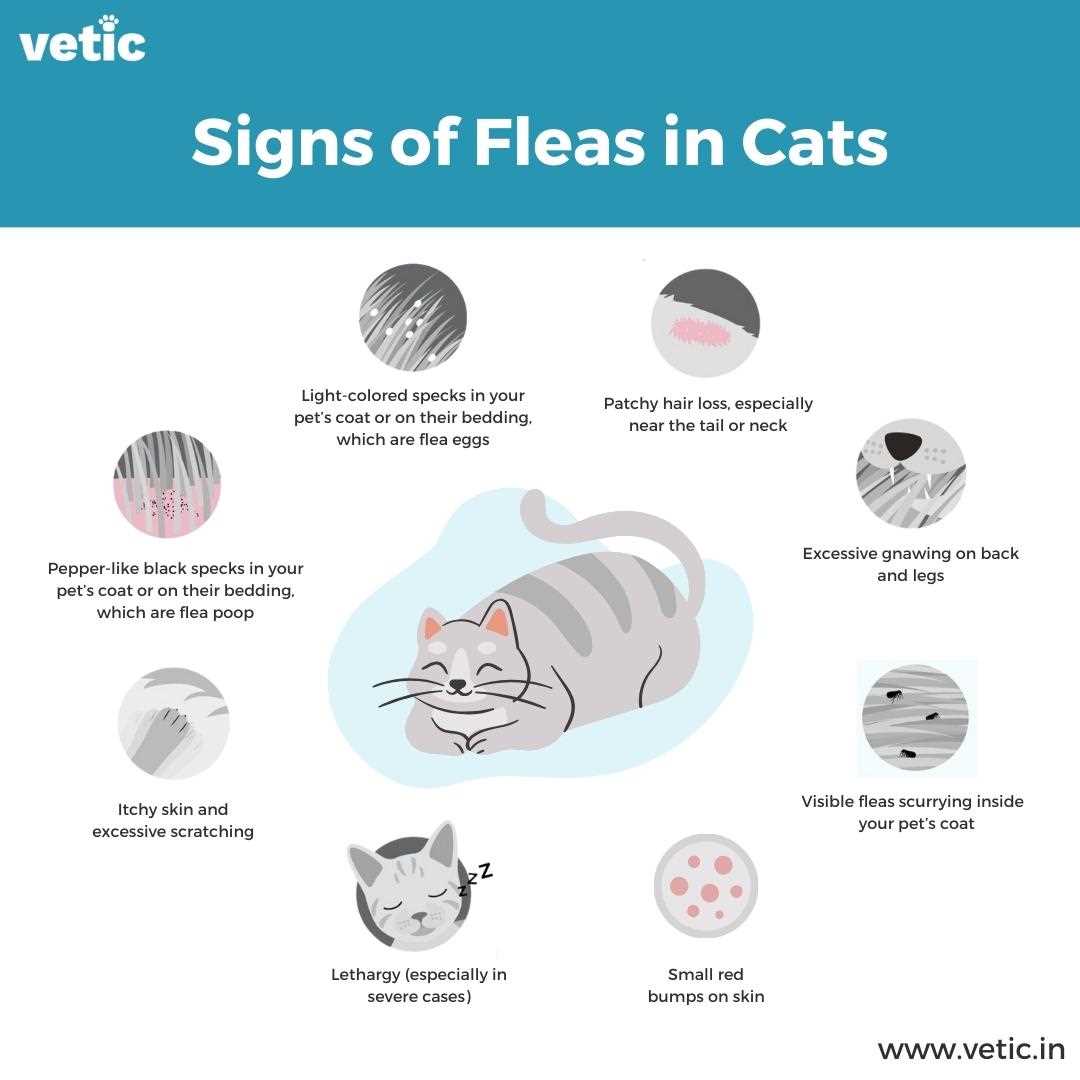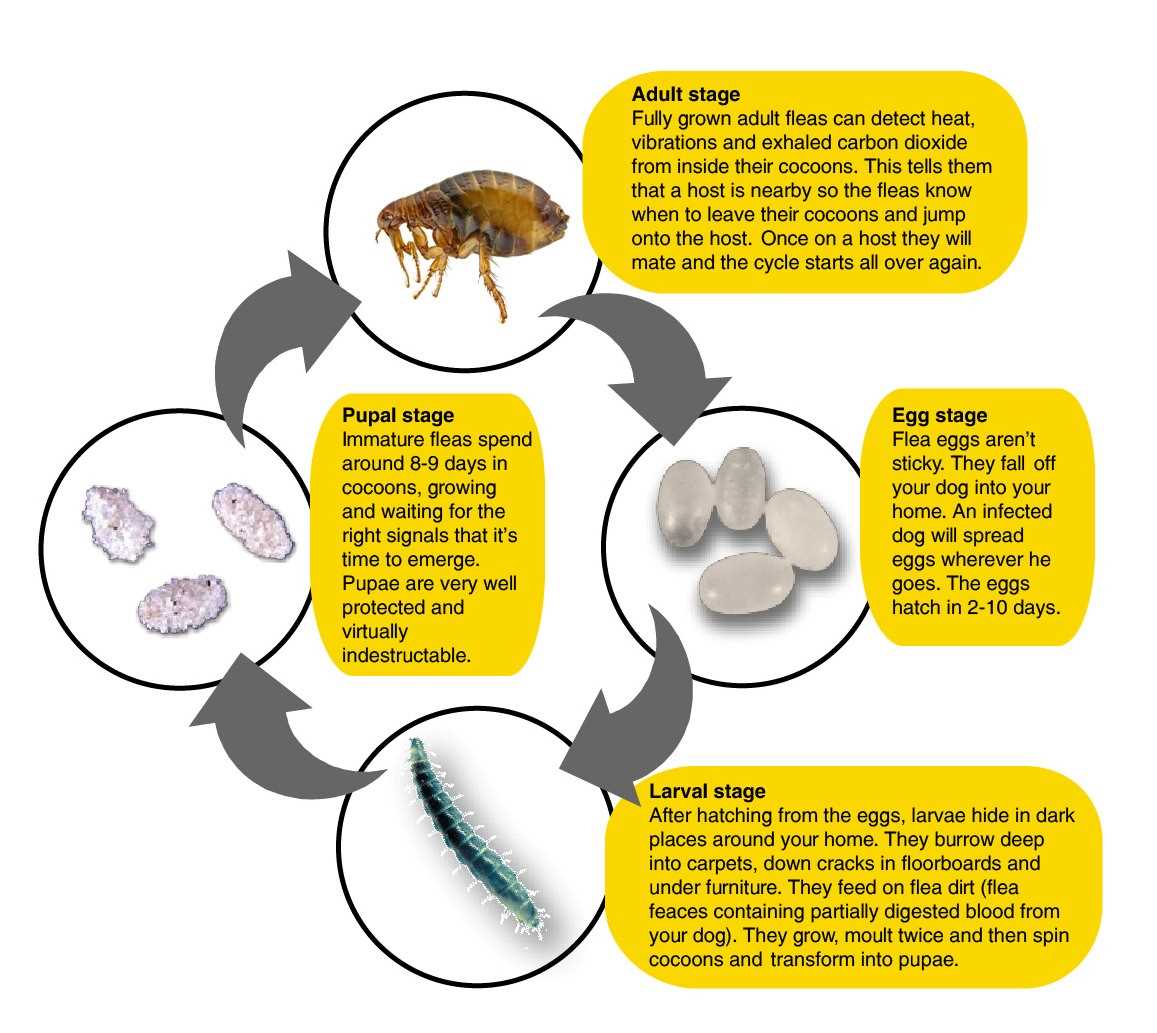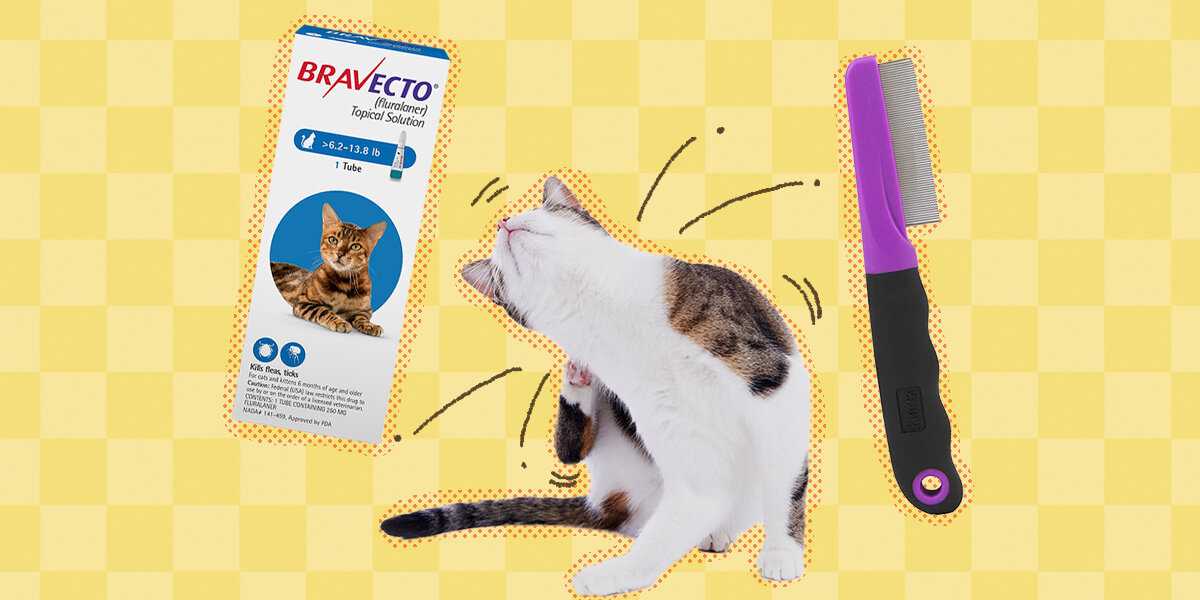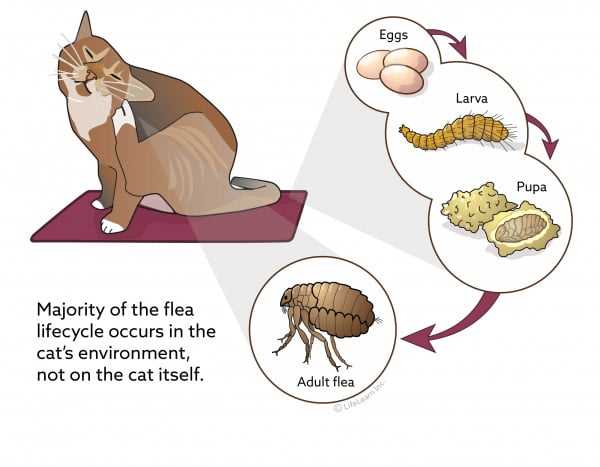Even with a thorough application of flea medication, it remains possible for your furry companion to encounter these unwanted guests. Medications can eliminate existing parasites, but environmental factors play a significant role in the ongoing risk.
Regularly maintaining a clean living space is crucial. Vacuuming carpets, furniture, and any areas your pet frequents can help remove flea eggs and larvae. Washing bedding and blankets in hot water also ensures any lingering pests are eradicated.
It’s advisable to keep up with preventive treatments as recommended by your veterinarian. Some treatments provide lasting protection, but timing and application are key to maximizing their effectiveness. Be vigilant and observe for any signs of re-infestation, such as excessive scratching or the presence of tiny black specks, which may indicate flea activity.
Potential Risks of Reinfestation
Even with treatment, there’s a chance of encountering these annoying critters again. Treatments primarily eliminate adult insects on the furry friend, but eggs and larvae may survive in the environment. A thorough cleaning of the home, including bedding, carpets, and furniture, is necessary to minimize the risk of reintroduction.
Monitoring and Prevention

Regularly check the fur for signs of new infestations. Using preventative products, such as spot-on treatments or oral medications, can be beneficial. Maintaining a clean living space and routine vacuuming will also aid in keeping unwanted visitors at bay.
Consultation with a Veterinarian
If you notice unusual scratching or signs of discomfort, consulting a veterinarian is advisable. They can provide tailored advice and suggest the most effective products for ongoing protection. Remember, proactive measures make a significant difference in maintaining comfort and health.
Understanding Flea Life Cycle and Treatment Limitations

To effectively manage parasites, it’s crucial to grasp their developmental stages. Fleas undergo four primary phases:
- Egg: Laid on the host or environment, these eggs hatch within 1-10 days, depending on conditions.
- Lava: Emerging larvae feed on organic debris and flea feces for about 5-20 days before spinning cocoons.
- Pupa: Within cocoons, fleas can remain dormant for weeks or even months, waiting for the right conditions to emerge.
- Adult: Once conditions are favorable, adults emerge to find a host and begin the cycle anew.
Understanding this cycle highlights why some treatments may not eliminate all stages effectively. While adulticides target mature fleas, they often do not affect eggs or larvae. Thus, comprehensive approaches are necessary.
Regular vacuuming, washing bedding, and treating the environment can prevent re-infestation. Utilizing a combination of topical treatments, oral medications, and environmental controls enhances the likelihood of complete eradication.
Proactive measures and understanding each life stage can significantly reduce the chances of encountering these unwelcome guests again. Stay vigilant and maintain a consistent treatment routine.
Common Reasons for Flea Reinfestation in Treated Felines

Fleas can return for several reasons, even if preventive measures have been applied. One primary factor is the surrounding environment. Adult fleas can survive in carpets, bedding, and furniture, laying eggs that hatch later. Regular cleaning and vacuuming are critical to minimize this risk.
Another contributor is contact with other animals. If a treated companion or neighbor’s pet is infested, the hitchhiking pests can jump onto a treated feline. Ensuring that all pets in the household are on a flea prevention regimen is essential.
Inadequate treatment is also a common issue. Not all products provide complete protection. Some treatments may not eliminate all life stages of fleas, allowing the cycle to continue. It’s important to choose a comprehensive flea control product that targets eggs, larvae, and adults.
Weather conditions play a role as well. Warm and humid climates create ideal breeding conditions for fleas, leading to a higher chance of reinfestation. During warmer months, extra precautions should be taken.
Finally, a lapse in treatment compliance can lead to issues. Missing doses or not following the recommended schedule can leave a feline unprotected. Consistency in administering flea prevention is key to maintaining a pest-free environment.
| Reason | Recommendation |
|---|---|
| Surrounding environment | Regular cleaning and vacuuming |
| Contact with other animals | Ensure all pets are treated |
| Inadequate treatment | Choose comprehensive products |
| Weather conditions | Increase precautions in warm months |
| Lapse in treatment compliance | Stick to a regular schedule |
Signs Your Cat Might Still Have Fleas After Treatment
If you notice excessive scratching or biting, it could be a sign that those tiny nuisances are back. Pay attention to areas like the base of the tail and behind the ears; these spots are often favored by those little critters.
Look for small black specks in your fur. These could be flea dirt, indicating an infestation. If you see these, check for any signs of irritation or redness on the skin.
Unusual behavior, such as restlessness or increased grooming, might suggest that something is bothering you. If I’m spending more time trying to clean myself, it’s worth investigating further.
Weight loss can also indicate a problem. If I’m not eating well or losing weight, it’s time to check for hidden pests. Fleas can cause discomfort, leading to decreased appetite.
Lastly, if you spot any small, fast-moving bugs on my fur or around the house, it’s a clear signal that those pests are making a comeback. Regular checks can help catch these invaders early.
How to Choose the Right Flea Treatment for Your Cat
Look for products with active ingredients like fipronil or imidacloprid; these are known for their potency against parasites. Consider topical solutions since they provide long-lasting protection and are easy to apply. Oral medications can also be effective, offering rapid relief from infestations.
Check for age and weight recommendations on the packaging to ensure safety and effectiveness. Some treatments are specifically formulated for kittens or senior felines, so choose accordingly.
Consult a veterinarian for personalized advice, especially if your companion has pre-existing health conditions. Professional guidance ensures the selected remedy is compatible with any other medications.
Evaluate the duration of protection offered by each product. Some treatments last for weeks, while others might require more frequent applications. A longer-lasting option can simplify your routine.
Research user reviews or testimonials to gauge the experiences of other pet owners. This can provide insights into the product’s efficacy and any potential side effects.
Consider a multi-pronged approach, combining treatments with environmental controls like vacuuming and washing bedding to minimize recurrence. This holistic method enhances the effectiveness of the chosen remedy.
Preventive Measures to Avoid Fleas After Treatment
Regularly vacuum your home, focusing on carpets, rugs, and furniture. This removes eggs and larvae lurking in hidden spots. Don’t forget to dispose of the vacuum bag or empty the canister outside to prevent reinfestation.
Wash bedding and any fabric that your furry friend frequently uses in hot water. High temperatures kill off any remaining eggs or larvae. It’s a simple step that makes a big difference.
Consider using flea preventive products monthly. There are various options available, including topical treatments and oral medications that can fend off new invaders. Consult with your veterinarian to find the right choice for your unique situation.
Maintain a clean yard. Regularly mowing the lawn and trimming shrubs can reduce the outdoor flea population. Consider using flea control treatments in your yard as well, especially in shady areas where fleas thrive.
Keep your companion away from areas known to harbor flea infestations, such as parks or places where other pets roam freely. Limiting exposure decreases the chances of picking up new pests.
Regular grooming with a fine-toothed comb helps catch any unwelcome visitors early. Make this a routine, and you’ll be one step ahead in the battle against these unwanted guests.
Stay informed about flea outbreaks in your area. Seasonal changes can affect flea activity, so being aware allows for timely preventive measures. Adjust your strategies based on local conditions.
Impact of Environment on Flea Reinfestation Risks
Keeping the surroundings clean is crucial for minimizing the chances of a new infestation. Regularly vacuuming carpets, upholstery, and any area where I lounge helps eliminate flea eggs and larvae. Make sure to dispose of the vacuum bag or empty the canister immediately to prevent recontamination.
Outdoor spaces play a significant role too. Fleas thrive in warm, humid environments, so maintaining my yard is essential. Trim bushes and grass to reduce shady spots where fleas can hide. Regularly check for the presence of wildlife, as they can bring fleas back into the area.
Using flea prevention products on the environment, like sprays or powders, can significantly reduce the risk of reinfestation. These treatments target different life stages of fleas, breaking the cycle effectively. Remember to choose products safe for indoor use, especially if I like to explore my home freely.
Monitoring the behaviors of other pets in the household is also vital. If a dog or another animal shows signs of infestation, they can easily share this problem with me. Keeping all pets on a consistent preventative routine is the best way to avoid issues.
Remember, a thorough approach combining environmental care and regular treatments increases the odds of staying flea-free. For those interested in capturing the beauty of a clean yard or garden, check out the best budget digital camera for landscape photography for some great shots.
When to Consult a Veterinarian About Flea Problems

If you notice persistent scratching, biting, or grooming despite using a flea treatment, it’s time to reach out to a veterinarian. Here are specific signs and situations that warrant professional advice:
- Signs of Discomfort: If your friend is showing signs of distress, such as restlessness or excessive grooming, it’s crucial to seek help.
- Skin Reactions: Look for redness, inflammation, or sores on the skin. These can indicate allergic reactions or infections that need attention.
- Persistent Infestation: If fleas remain a problem even after a full treatment cycle, a vet can recommend stronger solutions.
- Weight Loss: Unexplained weight loss can signal health issues caused by flea-related complications, making it essential to consult a professional.
- Behavioral Changes: Sudden changes in behavior, such as hiding or increased aggression, may indicate discomfort or pain, requiring a vet’s expertise.
Regular check-ups can help preemptively address flea issues. If you’re looking for additional grooming solutions, consider using a detangling spray for cats to keep your fur clean and manageable.






